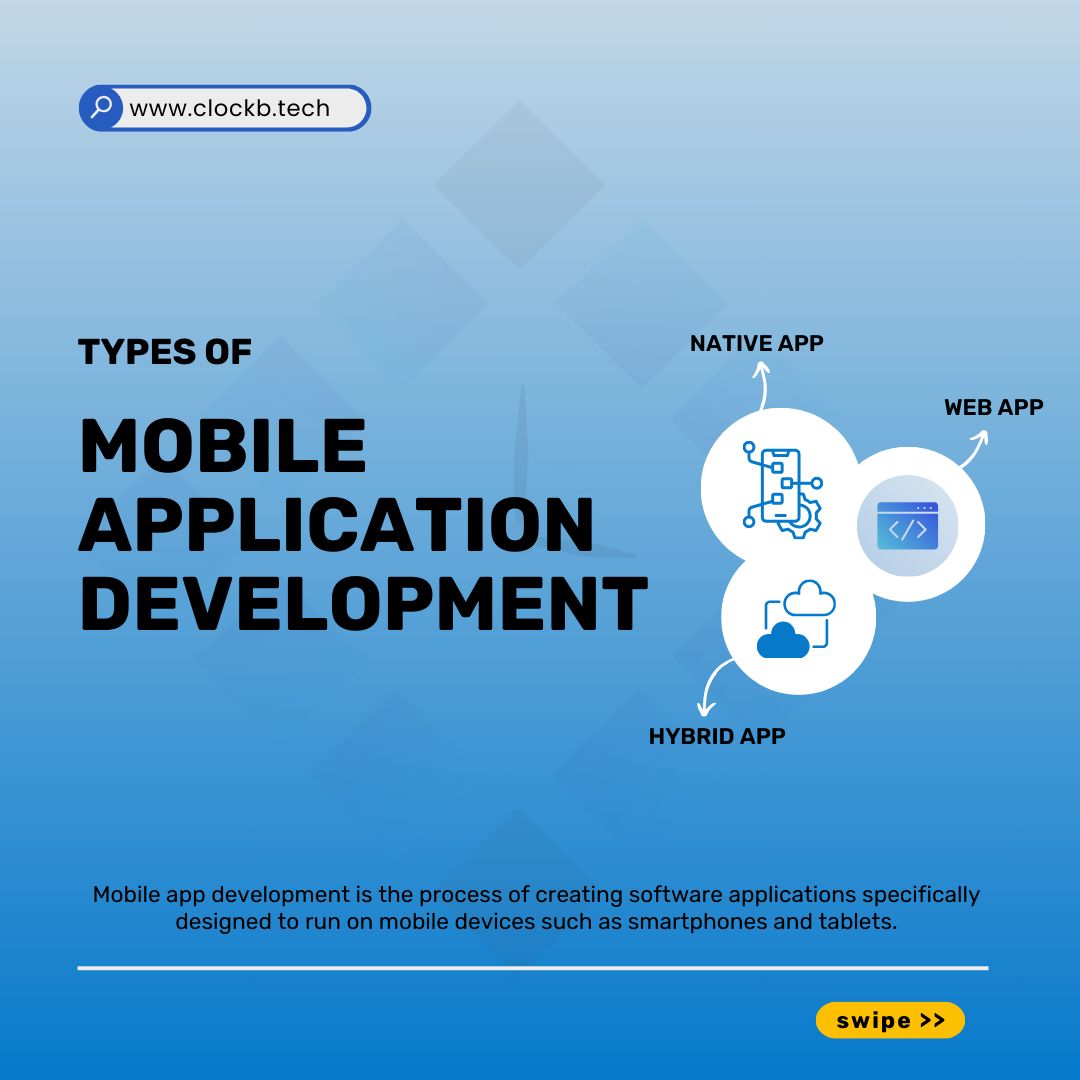Introduction
Mobile App Development is a dynamic field with different methods and technologies designed to meet various user needs and platform demands. There are several types of Mobile App Development, each with its own advantages and examples. Here’s an overview of the primary types:
1. Native App Development
Description
Native Apps are developed for a specific platform (iOS, Android, or Windows) using platform-specific programming languages (Swift or Objective-C for iOS, Java or Kotlin for Android, C# for Windows). They use a programming language that is specific to that platform and can access the device’s hardware and software features. Native apps offer enhanced user experiences and are faster and more responsive than other types of apps. However, they are more expensive to develop and maintain.
Advantages
High performance, full access to device features, platform-specific UI/UX.
Examples
Instagram (iOS and Android) and WhatsApp (iOS and Android).
2. Hybrid App Development
Description
Hybrid Apps combine elements of both native and web applications. Hybrid apps are easier and cheaper to develop than native apps and offer better access to the device’s features than web apps. However, they are slower and less responsive than native apps. They are developed using web technologies (HTML, CSS, JavaScript) and run inside a native container. Tools like Apache Cordova and Ionic are used to build hybrid apps.
Advantages
Single codebase, faster development, access to device features through plugins.
Examples
Instagram (originally), Untappd, Evernote.
3. Web App Development
Description
Web Apps are applications accessed through web browsers on mobile devices. They are easier and cheaper to develop and maintain than native apps, but they have limited access to the device’s hardware and software features. Web apps are suitable for simple applications that do not require advanced features. They are built using standard web technologies (HTML, CSS, JavaScript) and do not need to be downloaded or installed from an app store.
Advantages
Cross-platform compatibility, easy updates, no installation required.
Examples
Gmail, Google Docs, and Trello (mobile web versions).
Conclusion
Choosing the right type of Mobile App Development depends on factors such as the project requirements, budget, timeline, and desired user experience. Developers often need to weigh the advantages and limitations of each approach to determine the most suitable solution for a given application.


